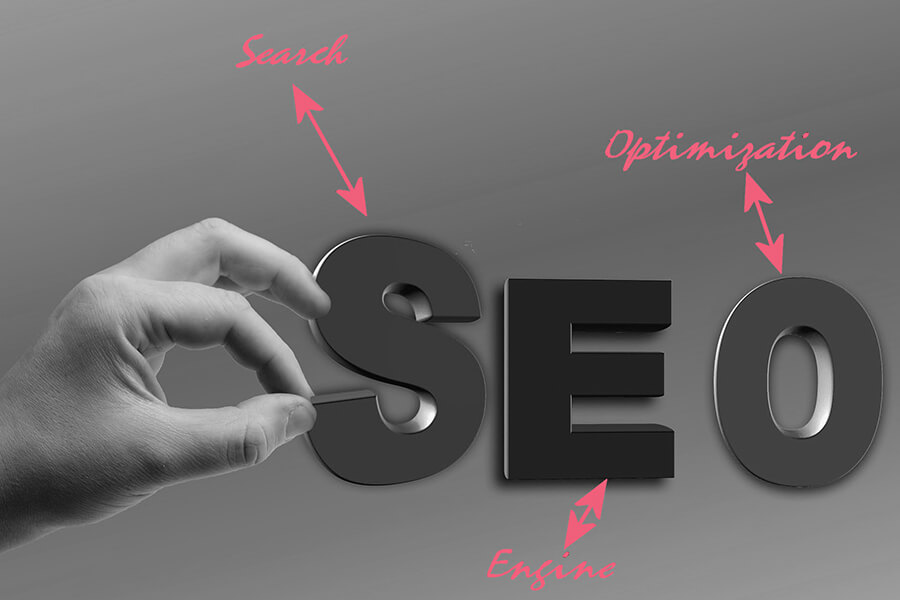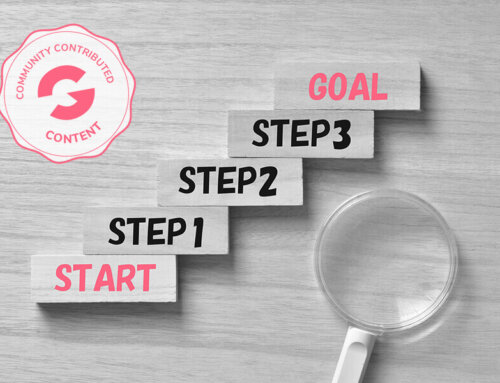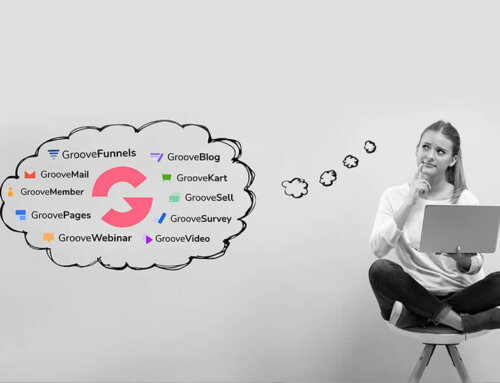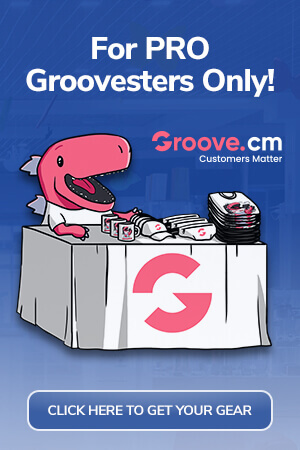Hitting the number 1 ranking on Google’s SERP (Search Engine Results Pages)? Now that’s the dream. Especially so if you’re just starting out and could really use the extra visibility online, but that holds true even if you’re an already established business that has been missing out on opportunities for growth and sales because of poor SEO (Search Engine Optimization) practices.
The fact of the matter is, there are certain SEO ranking factors that will either make or break your success. Without the proper on-page SEO, nothing else will be effective. It’s a digital marketing strategy that is crucial for ranking with search engines. This can be for your websites, blogs, social media accounts, and videos.
And although we always talk about Google, search engines may also include the likes of Yahoo and Microsoft Bing. But when it comes to Google, which is what most of you would be aiming to rank on, the algorithm looks at over 200 SEO factors.
SEO isn’t a short-lived experiment, it’s a long-term project that takes months to yield fruitful results. But when it does, you’ll know exactly why it’s worth every ounce of initial effort. You’ll start to generate free, organic traffic and leads, right into your sales funnel!
Generally, there’s a vast array of things that fall under SEO factors for Google ranking, including domains, backlinks, user experience, brand signals, on-page, and off-page factors, but this article is about learning how to get started with on-page search engine optimization for organic traffic.
And while there has been an increased focus on off-page SEO techniques (e.g. link-building), none of that will do you any good if you don’t pay attention to the fundamentals of on-page SEO.
What is On-Page SEO?
On-page SEO is all of the steps you have to take in order to tell Google what your post or page is about, and what search terms it should come up for on the SERPs. There are also some things you can do on-page that can help you to rank higher for those terms by reducing your bounce rate, increasing your click-through rate, increasing your dwell time, etc.
This is all important to know when publishing any form of digital content online, because it helps search engines understand your website and its contents – literally, what is on your page – as well as identify whether it’s relevant to a searcher’s query.
As search engines become more sophisticated, there is a greater focus toward relevance and semantics in SERPS. Google, with its plethora of complex algorithms, is now much better at understanding what users are actually searching for when they type a query, and delivering search results that meet user intent (informational, shopping, navigational).
Adapting to these evolving changes is essential for the visibility of your online content, and although it can be a full-time job to keep up with it all (and it certainly is!), there are some basic steps that you can take to ensure that your website or pages are best optimized.
This applies to both what is visible to users on your webpages, such as text, images, video, or audio, and all the elements that are only visible to search engines, such as HTML tags and structured data.
On-page SEO strategy will greatly increase your website authority, and the most control that you have over that is making your website “search engine friendly.” This is necessary in order for search engines to find your website and index it, as well as provide search engines with the information it needs to know what your website is about. Hence why on-page SEO is heavily dependent on keywords.
So, for the purposes of on-page SEO for beginners, let’s break it down into two main categories: Keyword Research and Website Optimization.
Keyword Research for On-Page SEO
Keywords represent the “trigger words” that will pull up your website in a search. It is the way in which topics are indexed in digital form. When you type a search into Google, you are entering search terms, or keywords, that will retrieve the information that you are looking for.
This means that you can maximize results and conversions on your webpages by simply targeting specific search terms/keywords. When we speak about “targeting” keywords or “optimizing” for keywords, it means utilizing that particular search term or phrase in various ways across your webpage.
To start off, you can think more like the user, as if you are the one searching for the information, rather than the marketer or content creator. Remember, your goal in trying to rank on search engines is to drive organic traffic to your site, from the SERPs. The keywords you choose to target on any given webpage is what will determine whether or not you get any traffic – or even what kind of traffic you get.
Consider targeting solutions, things like “reviews”, “comparison”, or “buying”:
- How to build a free ecommerce website
- Comparison between GrooveKart and Shopify
- Reviews of the top ecommerce store builders
As you can imagine, the broader the keywords that you are optimizing for, the less likely you are to succeed in the SERPs. For example, if you search for “best hotels in Italy,” you’ll immediately see it is a highly competitive keyword phrase – with some of the big industry names on the first page of the SERPs (booking.com, tripadvisor, travelandleisure, etc.).
There is a great deal of psychology behind keyword research, and you’ll often hear people talk about Keyword Research tools, like Ahrefs or SEMrush. Many SEO experts recommend the use of keyword tools to find the most popular keywords, as well as how many people search for them (among other data). But the truth is, you don’t need a recommendation for a SEO tool. They all work more or less the same, with more or less the same results. Pick whichever you are most comfortable with! In fact, some SEO practitioners don’t believe them to be truly accurate.
Something interesting is that you can even take a look at Google Trends, which analyzes the popularity of top search queries. You don’t have to pay top dollar for keyword and SEO tools, you can boost traffic by doing the following:
The best way to find keywords is to go directly to Google.com. Open up your browser, head to the search engine, and start searching!
1. “Google suggestions” makes keyword research easy
- Look at the autofill suggestions as you type keywords into the search box
- Additional, related searches can be found at the bottom
2. “Long-tailed keywords” are your best bet
- Choose longer search phrases
- These are more targeted and more specific than broad keywords
- People often ask questions in full sentences, especially when using Siri/Alexa
3. Target one primary keyword per page
- Use it in the URL slug, meta description, image alt tags, headers, and body content
4. Don’t be deterred by some competition
- Your true competition is fewer than it appears
- Find your keyword’s potential with the allintitle command (allintitle:keyword)
A final useful tip is avoiding “keyword cannibalization,” which means that you are targeting a specific term across multiple pages on your site and therefore multiple pages ranking for the same keyword – and that has negative consequences for your SEO. In other words, Google doesn’t like it.
Another thing Google doesn’t like is “keyword stuffing,” which is considered to be spam. When you try to game the system (it worked back in the day apparently, but not anymore) by placing keywords everywhere throughout your page, making your content sound unnatural with repetition.
Simply producing content for the sake of placing keywords everywhere simply won’t do. You’re writing, first and foremost, content for people – not algorithms – therefore that content must be high-quality, substantial, and relevant.
The more pages you have targeting a keyword, the better you’ll rank for that keyword…? Not true!
Website Optimization for On-Page SEO
Before heading off and creating new content, take a look at your existing content. When it comes to website optimization, you can increase your site’s visibility by going back and auditing your existing pages. And then continuing to implement the same techniques in future content, of course.
Start off by identifying whether the information in your content is still accurate or has become outdated, and then determine what type of content is working. You can even refresh and make your web pages more appealing by adding or updating images. And when it comes to images, that’s actually a great place to optimize your website from the get-go, but we’ll discuss that later on.
Overall, there are two SEO-friendly website fundamentals that you must follow when building pages:
1. Build pages with search engines in mind, by showing the following (using HTML tags and keywords):
- the main product or service of your business
- what each of your webpages are about
- how users can find and contact you
2. Build pages with human users in mind, by showing the following (using a combination of media and text):
- the main product or service of your business on the homepage
- all the details that they need to know in well-written copy
- what action you want them to take
Next, you want to create a professional website layout and design. Domain authority begins with the look and feel of your website, believe it or not. Here are some tips:
- Use high-quality graphics and a professional logo throughout.
- When in doubt, go for a clean layout and a simple design that is visually appealing.
- Have an easy-to-find and easy-to-navigate menu.
- Make sure all the essential elements and buttons are in place and working.
Speaking of layout and design, let’s circle back to images. Images affect your site speed (the ability to load full pages quickly) which in turns impacts on user experience. When uploading media to your webpages, follow these best practices for optimization:
- Compress all images ( TinyPNG).
- Rename all image files from the default file name to a descriptive file name.
- Insert “alt text” for all images.
Lastly, there’s linking! In fact, there are two kinds of linking: internal and external. And you want to make sure that you do both! As the names suggest, internal linking is when you link from your webpage to another webpage on your website. It’s a smart and efficient way to make it easier for search engines to find your other pages. External linking, by contrast, is when you link from your webpage to a webpage outside of your website. This is usually done to provide users with more context or information, but it helps your SEO when you link to high-quality authority pages.
***
When it comes to SEO, big search engines like Google are going to be looking for completeness of optimization efforts, beyond (but including) on-page factors. But when you’re starting out and looking to increase your visibility and ranking, then learning the fundamentals of on-page SEO is essential to your success.
Given that this is a long-term strategy, there will be plenty of time to improve along the way when it comes to keyword research and website optimization. The biggest hurdle is wrapping your head around it all and just getting started!
And although on-page SEO relies on keywords, not all keyword choices will bring you the results that you are looking for. Even the ones that you’re certain are going to be a viral sensation! Again, there are a multitude of SEO factors when it comes to Google’s SERPs (including off-page elements… more to come on that!). In the meantime, continue to research keywords and repeat the process throughout all of your pages, and you will most certainly increase your chances of finding profitable ones that rank.









Leave A Comment Cancel reply